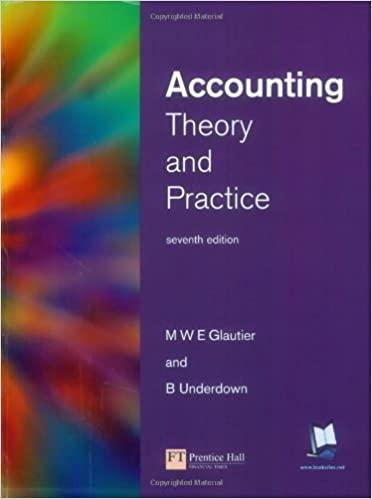Lewis, Jones and Peers, newly qualified as architects, decide to form a partnership on 1 January 20X0.
Question:
Lewis, Jones and Peers, newly qualified as architects, decide to form a partnership on 1 January 20X0. During their first year of business, a substantial operating loss is realized, amounting to £20,000. They had anticipated such a loss and had provided sufficient funds to cover it when they first formed the partnership. ‘After all’, said Peers, ‘it is well known that the first year of practice for architects always produces a loss, since they are really establishing the business. They do, in fact, earn little money as they build up contacts which will earn future revenues’. ‘That’s right’, continued Lewis, as he was explaining to the accountant, who has prepared the profit and loss account showing the loss of £20,000, ‘you can’t show the £20,000 as a loss, when it is the cost of setting up the business. To be consistent with the facts, you have to show the £20,000 as an asset on the balance sheet.’ ‘Yes, agree,’ concluded Jones, ‘that is the most conservative way of looking at the situation. Then, we recognize the creation of an asset we can write off over several years and match against the future revenues which are really the result of this year’s efforts.’
How would you deal with the arguments of your clients if you were the accountant in this situation? Refer the problems you see to such accounting concepts as are applicable to them, and in particular, explain how you would deal with the terms ‘consistent’ and ‘prudence’ used by the partners in their discussion with you.
Step by Step Answer:

Accounting Theory And Practice
ISBN: 9780273651611
7th Edition
Authors: M. W. E. Glautier, Brian Underdown





